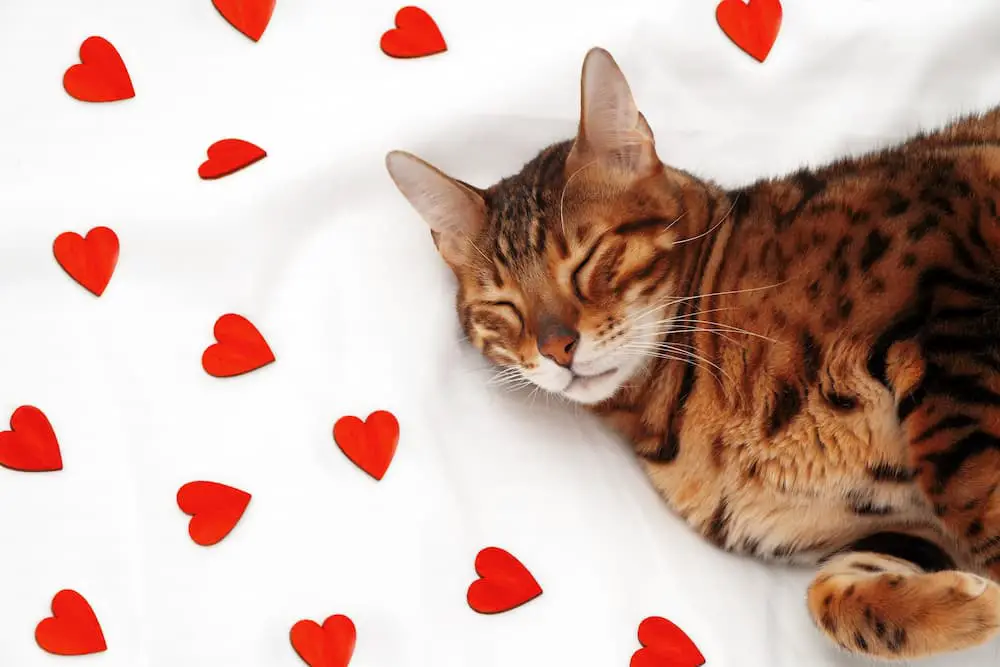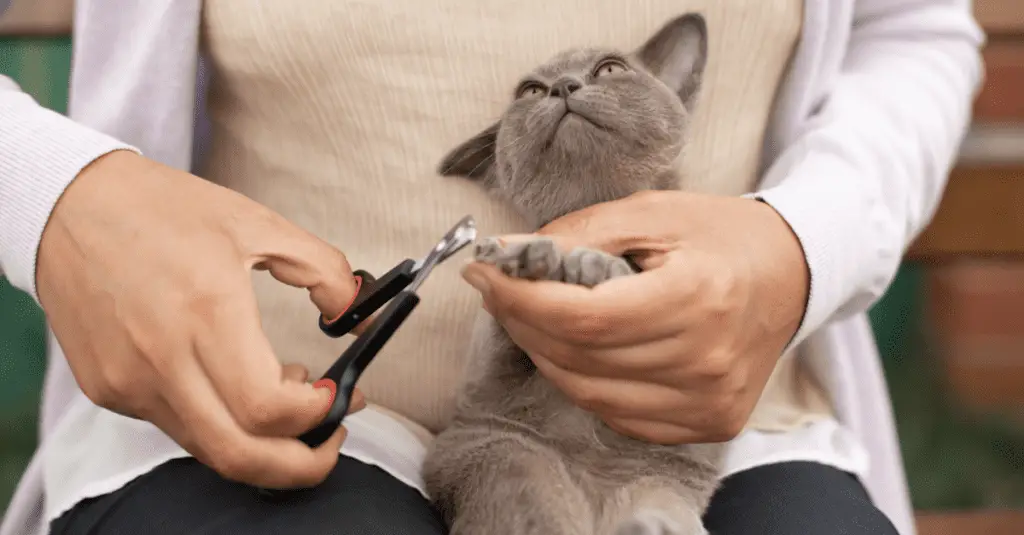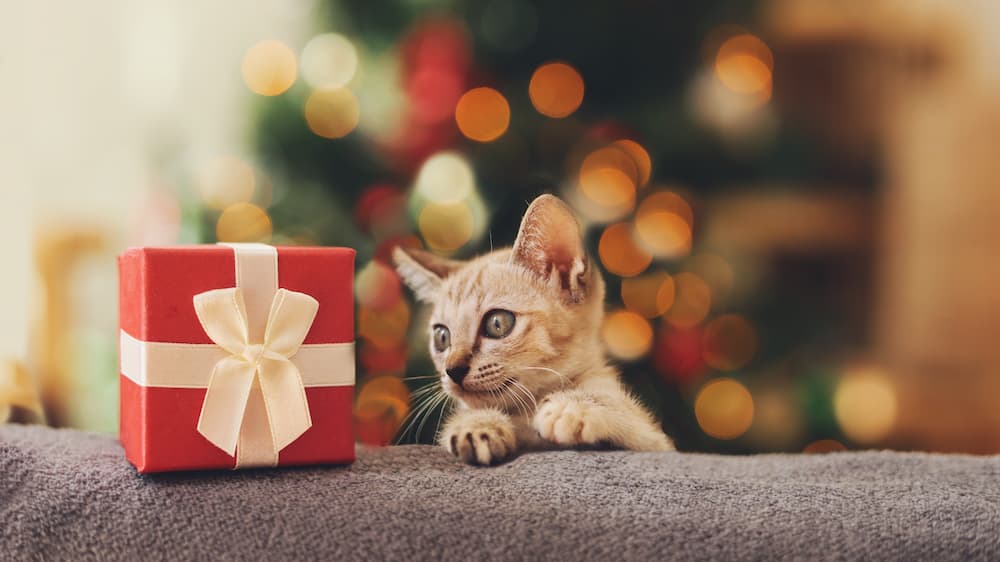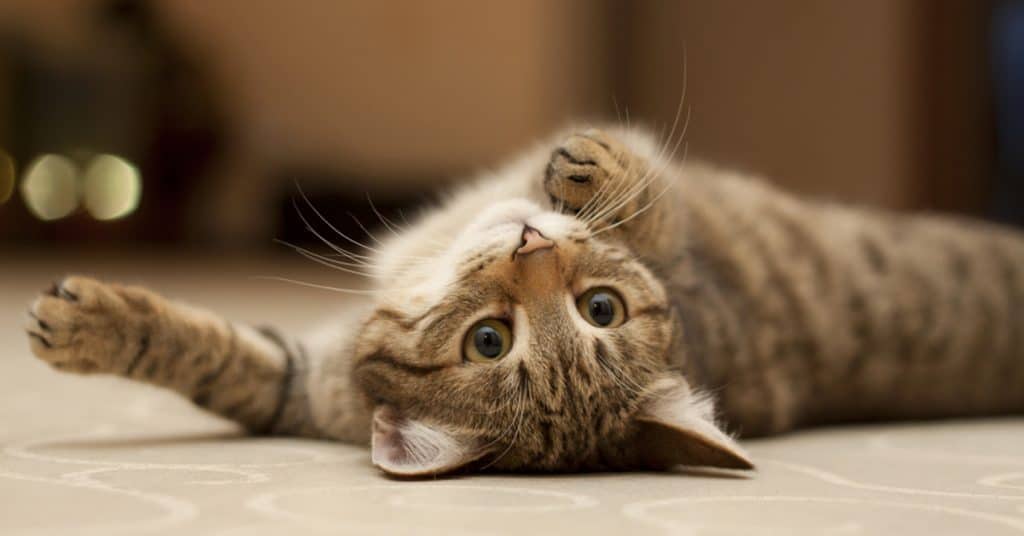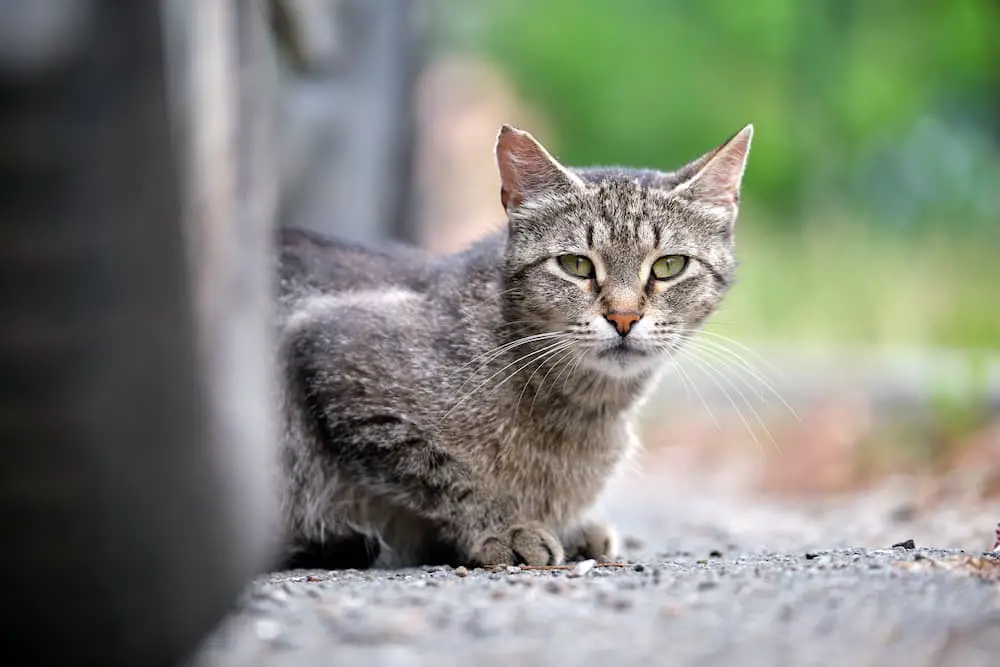by Olga Shatokhina
It is no secret that the Siamese cat breed is known even to those who are poorly versed in breeds. Due to the blue color of the eyes and the specific color of the coat, in which the pigment is distributed over the body of a cat in a certain way, coloring the face, ears, paws and tail (the so-called points) and the body remains unpainted. Scientifically, this color is called acromelanism – a genetically determined temperature-dependent type of pigmentation (a type of albinism). It is known that if a Siamese cat is kept in the cold, then the overall tone of its color will become darker than with keeping it in a warm room. This can also explain the fact that Siamese kittens are born completely white since in the womb they develop at a constantly high temperature. Kittens develop points during the first year of life. For this reason, it is sometimes difficult to determine at an early age what color his points are -black, chocolate or blue.
History
It is noteworthy that the name of the Siamese breed reflects its origin. The first descriptions of cats of this specific color refer to the history of Siam (modern Thailand). Even 600 years ago, Siamese cats were revered in the temples of Siam as sacred, were considered a national relic of the country, were dependent on the royal family, and were direct participants in some royal rituals. Their export from Siam was prohibited. In the 14th century, these cats were mentioned in the handwritten collection “Book of Poems About Cats” (“Tamra Maew”), which is still kept in the National Library of Bangkok. Also, images and descriptions of these cats are found in other ancient manuscripts found in Thailand, where, not only cats with a “Siamese” color are noted, but also completely uniformly colored shorthaired cats. According to some reports, in 1884, several Siamese kittens were presented by the King of Siam to the British consul as a valuable gift. Thus, the first Siamese cats, as an exception, were first exported outside their homeland. The breed quickly won the hearts of Europeans.
The manuscript, produced inThailand, contains a fine painting of a Siamese cat. Source: The British Library
Soon, Queen Victoria, who had a passion for Siamese cats, visited the first exhibitions, which affected the unprecedented growth of the popularity of this breed in Britain. In 1901, the “Siamese Cat Club of Britain” was organized, and a year later the standard was approved for it, and the abbreviation SIA was assigned. After a short time, Siamese cats appeared in other countries of Europe and in the United States. Outwardly, the Siamese of those times differed from the modern type – they were shorter, with an uneven profile and a rounded head (apple head). The breeders were faced with the task of giving the cat a more sophisticated look.
The emergence of the Oriental Shorthair
The Encyclopedia Britannica (11th edition, 1903) mentions fully colored Siamese cats with green eyes. But the monochromatic relatives of the Siamese cats were not so popular. Until 1923, there was a debate about the recognition of the breeding value of cats with a monochromatic color and their show career, until the British Club of Siamese cats announced its refusal to support the breeding of other varieties of this breed, except for blue-eyed ones with a color-point (Siamese) color. From that time on, green-eyed cats of a single color were finally excluded from the Siamese class and, accordingly, in the future, work was stopped to maintain this direction of the breed. Interest in Oriental cats of “non-Siamese color” reappeared only in the 1960s. Then the breeders, trying to get a slender and graceful cat of a solid color, at the initial stage of breeding began to cross Siamese with the slenderest, fully colored short-haired cats, for example, with the Russian blue. At the same time, in America, by crossing a Siamese cat and a black cat, a chocolate-colored cat named Havana was bred, for its similarity to the color of the fur of the Havana rabbits and the color of the Havana cigars. The monochromatic cats were named Oriental (ORI or OSH). Registration of the new Oriental breed officially began in October 1974, when there were already more than 60 catteries. Felinologists wanted to reveal the full potential of the genetics of oriental colors and introduced cats of other breeds with interesting colors to the breeding work. As a result of this selection, Orientals acquired all sorts of colors with and without patterns, and in 1995 two-color colors, the so-called bi-colors, were recognized in the Oriental breed.
Varieties in color and hair length
There is a variety of Siamese color – point with white, obtained by crossing bi-color Orientals and Siamese. Cats with this color are called Seychellois (SYS). That is, the Seychelloises are bi-color Siamese. Some people mistakenly believe that this name of cats is due to their homeland – the Seychellois. But this is not the case. In nature, cats with this color are not found. This is exclusively the creation of the hands of breeders.
In all countries, felinologists, engaged in the improvement of Siamese by selection, periodically received semi-long-haired color-point cats. Such animals did not represent breeding value and were culled. And only in America there were enthusiasts who were ready to support and develop this type of Siamese cats. And since 1970, this species of Siamese has been given the name Balinese cat (BAL). Oriental cats also branched off into semi-long-haired relatives and such oriental beauties were called Javanese cats (JAV) Only the CFA recognizes the Javanese cat as a separate breed.
Old type vs new type
As a result of breeding work, the type of Siamese changed and acquired an increasingly sophisticated appearance with a wedge-shaped head, large ears and tall, slender, elegant paws. The old type was pushed into the background and survived only thanks to the enthusiasts and lovers of apple-head cats. Such a cat, whose appearance coincides with the descriptions of the Siamese of the 18th-19th centuries, is today called the Thai cat (encoding THA) in honor of the new name of the state of Siam, Thailand.
Genetics
We have plunged into the history of Oriental and Siamese cats, but what does the science of genetics say?
Modern Siamese and Oriental cats differ from each other only in coat color and eye color, they belong to the same group, and mating between them is allowed by many felinological associations: The International Cat Association (TICA), World Cat Federation (WCF), Fédération Internationale Féline (FIFE), International Cat Union (ICU) and others.
From the point of view of genetics, Oriental and Siamese cats distinguish 1 gene – “C” dominant (gene for complete body coloration in Orientals) and recessive “cs” (gene for Siamese color). How do these genes work? In the presence of the “C” gene, the pigment is distributed equally to each hair throughout the cat’s body, and then the cat has a color tone of the same saturation everywhere – on the face, and on the back, and on the legs. Under the influence of the “cs” gene, the color pigment penetrates only those hairs that are in the cold zone of the cat’s body (after all, the ears, muzzle, paws and tail are always colder than the body of a cat). And where the body temperature of the cat is high enough, the “cs” gene inhibits the active penetration of pigment into the hairs. Therefore, the main tone of the Siamese color is not white, but a lighter color corresponding to the color of the points. If the cat’s muzzle is brown, then the body will be fawn, and if the muzzle is red, then the body color will be a warm white-cream shade, etc.
Gene “cs” is recessive in relation to gene of solid color “C”, that is, it appears outwardly only if both parents passed on to their kitten one “cs” gene each. And only when two “cs” genes are found together in one kitten, such a kitten will be of Siamese color. Two Siamese parents can have only Siamese kittens, but an Oriental and Siamese cat, and sometimes even two Oriental cats can give birth to both Siamese and Oriental kittens (for this, Oriental cats must be carriers of the Siamese color gene).
Separately, I would like to mention cats with a solid white color. The S gene is responsible for this color, which has a different mechanism of action. This gene blocks the spread of pigment in the coat and, in some cases, affects the penetration of pigment into the iris. So sometimes we can meet white Orientals with green, blue eyes or odd eyes. Siamese white (Foreign White) always have blue eyes.
Temperament
A distinctive feature of Oriental and Siamese cats is the extraordinary character of these representatives of the feline. They combine a stormy temperament and tender love for people. They need the love of the owner and constant confirmation of this love. They love active games, can enjoy hours of playing with a piece of crumpled paper, can walk on a leash, and fetch a toy. Possessing inexhaustible energy and curiosity, they are happy to take part in all household chores, no matter what you do. These features are inherent in Orientals and Siameses. But at the same time, each cat is a bright individual; each has its own personality.
About the author:
Olga Shatokhina is a breeder-felinologist and an owner of Oriental Shorthair and Siamese cattery Cataristocrat. As a child, Olga dreamed of becoming a veterinarian, but she worked as a lawyer for many years. Now she is doing what she likes surrounded by cats 🙂


